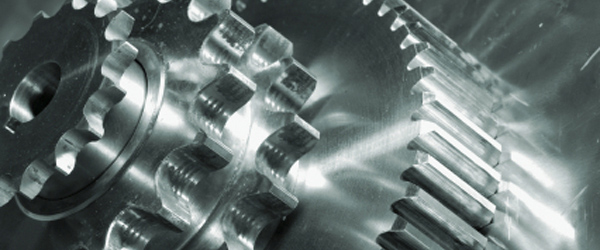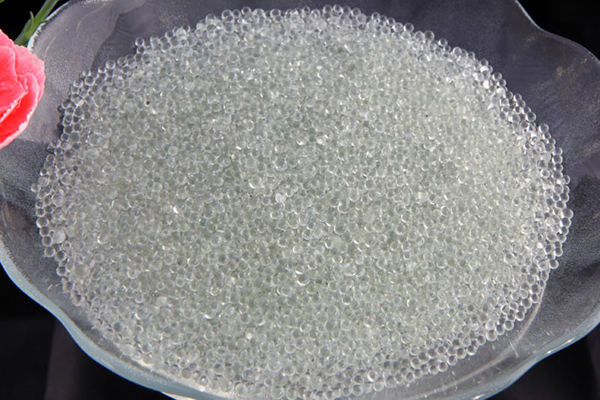Looking at the range of materials and uses of shot peening.
There are thousands of ways of using shot peening media. Fatigue life is enhanced significantly increasing the useful life of the treated part, the stress is relieved so that all of the component parts work together and surface hardness is enhanced increasing resistance to scratches. Very importantly shot peening also provides an aesthetically pleasing finish.
Shot for peening has to be round, but can be made from cast steel, cut-wire, stainless steel, glass, ceramic as well as other materials. The degree and consistency of results depends on the base material and condition, size of media, media material and the energy that the media contains when it strikes the metal substrate. As each particle of shot strikes the metal surface, it produces a rounded indentation or dimple.

Aluminium Oxide is the most widely used abrasive grain in surface (particularly metal) preparation because of its cost, longevity and hardness. Harder than other commonly used blasting materials, aluminium oxide grit powder penetrates and cuts even the hardest metals. Aluminium oxide used as a grinding and polishing media is also a cost effective and efficient material for applications that require quick edge rounding and surfacing finishing.
At around 50% lighter than metallic shot, aluminium oxide abrasive grain also has twice as many particles per pound. Cutting action is fast therefore minimising damage to delicate materials by getting rid of surface stresses caused by heavier, slower-paced cutting media.
Moving onto steel shot peening, this type of media improves the strength and fatigue life of lighter-weight metals, allowing them to be used for applications that require a high strength-to-weight ratio. This is relevant in the aerospace and automotive industries. Steel (which can be fine steel) shot is applied using a high velocity blast stream. The finer shot produces smaller dimples on the part’s surface, resulting in a smooth, clean result.
Graninox shot are granules of stainless steel achieved by melting of alloy, separating it into fine particles and sieving. They are used on air and turbine blasting on parts requiring a softer level of abrasion. The granules are effective if used on aluminium, brass, copper and alloys, stainless steel. The shape of the particles is spherical with a sieved size of around 0,15 mm to 3,35mm.
Ceramic shot was introduced in the 1980s and is often favoured because the shot doesn’t beak down and is more resilient than glass as well as being environmentally friendly.
Ceramic beads, due to their toughness and density, are well suited to shot peening. They maintain their shape, resulting in a consistent surface finish. In addition, surfaces finished with ceramic beads are less prone to stains or blemishes during use. Ceramic shot peening is one of the most widely used processes for improving the lifetime wear of metal surfaces, usually for gears and other complex shapes.
Glass shot is created by atomizing molten soda lime, then sieving the resulting beads. It was Noble who first proved the value of glass beads as a shot peening media with two specific advantages. He used them at a variety of intensities on metal surfaces to avoid the processing required to remove the contamination of steel shot. He realised that glass beads could be used to peen delicate parts witj narrow dimensions or working within narrow areas with maximum control over the results. Glass beads are used to finish metal surfaces that require a clean, bright satin finish while increasing the wear strength of the part. It is used most often for finishing thin walled parts or thin welds that would be damaged if a heavier media was used. They can also be used to create high quality decorative finishing in stainless steel, chrome-nickel steel, aluminium, plastic, brass, tin, copper and iron.
Environmentally friendly; glass beads can be recycled up to 30 times.

Glass bead – one of the materials used in the process of shot peening
Acrylic is the softest plastic abrasive used for very delicate surfaces but are still effective in stripping. Higher grade longer lasting plastic media is available and is used for aircraft surfaces.
Size matters when it comes to shot and if we examine for instance, cast steel shot, it comes in a full range of dimensions. Size affects saturation intensity, coverage rate and depth of work-hardened layer. Specifications, such as SAE J444 and AMS 2431, nominate cast steel shot size in terms of sieving results. This means there are shot sizes based on sieve mesh spacing. On a scale, shot sizes range from S70 to S1320 with 14 different specifications. Nominal shot size is supposedly fixed whereas in reality samples have a range of sizes. This range depends on production variability and screening procedures.
Some of smallest glass beads, as another example, have a diameter of 1 micron and the biggest around 3 millimetres with each size matched to specific functions and applications. Particles size distribution (PSD) varies from very narrow to wide. By carefully choosing these measurements one can easily fine tune properties like surface area and fluidity.